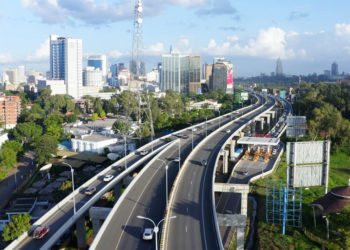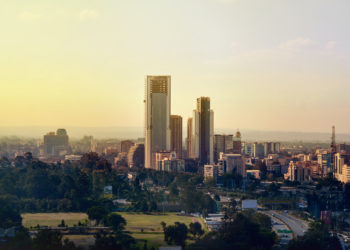The National Land Commission (NLC) has announced a new strategy to address the persistent issue of public land grabbing in Kenya. The commission is advocating for the introduction of a certificate of reservation, a legal document designed to protect public land from being misused or repurposed by unscrupulous officials.
Dr. Samuel Nthuni, Director of Land Administration and Management at the NLC, emphasized the limitations of the existing land documents—certificates of lease and title—in safeguarding public land. He noted that these documents often fail to prevent the reallocation or misuse of land designated for public purposes.
“The current land documentation does not adequately differentiate public land from private holdings, which has led to numerous cases of land grabbing,” Dr. Nthuni explained. “The proposed certificate of reservation will provide a permanent record of the land’s intended use, ensuring it remains designated for its public purpose indefinitely.”
The certificate of reservation, distinct from existing land documents, will explicitly outline the intended use of public land. This clarity, according to Dr. Nthuni, will prevent scenarios where public land, such as that occupied by schools or parks, could be repurposed if a lease expires and is not renewed.
For example, Dr. Nthuni highlighted Moi Avenue Primary School in Nairobi’s city center, where the lease’s expiration could lead to the land being repurposed if not protected by a certificate of reservation. “With this new certificate, the school’s land use would be preserved without the need for periodic lease renewals,” he added.
This proposal is part of the Lands (Amendment) Bill, 2022, currently under parliamentary consideration. The bill aims to strengthen the legal framework governing public land and ensure its protection from private encroachment.
Dr. Nthuni likened the certificate of reservation to vehicle number plates, which clearly distinguish government vehicles from private ones. “Similarly, this certificate will unequivocally identify public land and its intended use,” he said.

















